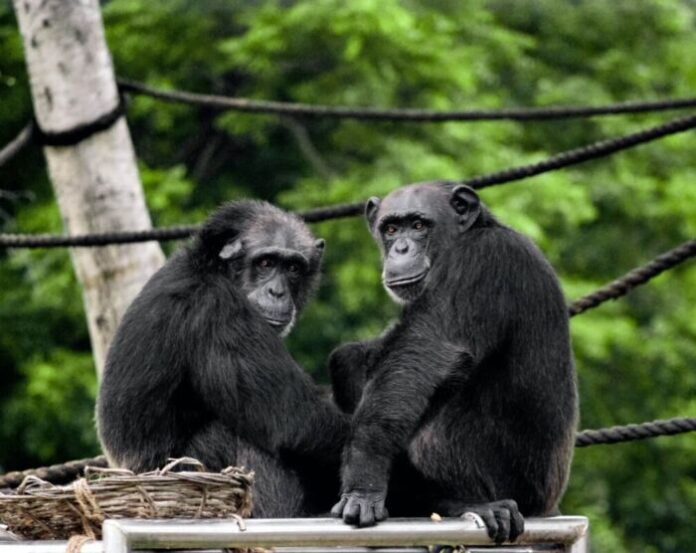
The wild animals that inhabit the Earth are in drastic decline due to deforestation, unsustainable agriculture and the illegal trade in fauna. The alarm was raised by the WWF which published the new Living Planet Report 2020.
According to the analysis, global populations of wild animals have fallen by 68% since 1970. In less than 50 years, therefore, we have caused a reduction of two thirds of the fauna, mainly due to the destruction of ecosystems. Nobody is saved. The animals at risk are mammals, birds, amphibians, reptiles and fish.
“The Living Planet Report 2020 highlights how humanity’s increasing destruction of nature is having catastrophic impacts not only on wildlife populations, but also on human health and all aspects of our life – said Marco Lambertini, Director WWF International General – We cannot ignore these signs: the serious decline in populations of wild species indicates that nature is deteriorating and that our planet is sending us red warning signals about the functioning of natural systems. From the fish of the oceans and rivers to the bees, essential for our agricultural production, the decline of wildlife directly affects the nutrition, food security and livelihoods of billions of people ”.
Continued loss of biodiversity will undermine the achievement of most of the United Nations Sustainable Development Goals, including poverty reduction and food, water and energy security. But biodiversity also has staggering economic value, which should be recognized in national accounting systems.
The economic impacts of nature’s decline will cost the world at least $ 479 billion annually, adding up to about $ 10 trillion by 2050, according to WWF, the Global Trade Analysis Project, and the Natural Capital Project’s Global Futures report.
The main cause of the dramatic decline in populations of terrestrial species, observed in the LPI, is the loss and degradation of habitats, including deforestation, also influenced by the way in which humanity produces food.
The LPI, which tracked nearly 21,000 populations of more than 4,000 vertebrate species between 1970 and 2016, also shows that populations of wildlife found in freshwater habitats have experienced an 84% decline, the decline net population mean of all biomes, equivalent to 4 percent per year since 1970. An example is the breeding population of the Chinese sturgeon in the Yangtze River in China, which decreased by 97% between 1982 and 2015 due to damming the watercourse.
“The Living Planet Index is one of the most comprehensive measures of global biodiversity – said Dr. Andrew Terry, director of conservation of the Zoological Society of London – An average decline of 68% over the past 50 years is catastrophic and clear evidence of the damage human activity is doing to the natural world. If nothing changes, populations will undoubtedly continue to decline, driving wildlife to extinction and threatening the integrity of the ecosystems we all depend on. But we also know that by acting on the conservation of species we can move away from this abyss. It takes commitment, investment and expertise to reverse these trends ”.
Alongside the alarming statistics, however, there are examples of some cases that show the potential of what we can achieve with immediate, collective and decisive action. This is the case of the populations of some species such as the loggerhead turtle in the Simangaliso Wetland Park, South Africa, the black tip reef shark (Carcharhinus melanopterus) in the Ashmore Reef in Western Australia or the European beaver (Castor fiber) in Poland, or those of tigers and pandas, increased in their global numbers (apart from some local populations at high risk) together with the result of global marine protection, which rose to 6% including the creation of the Ross Sea Marine Protected Area in Antarctica. We need to focus on initiatives like these and combine global politics and business action to protect and restore nature.
The Living Planet Report 2020 was launched a few days after the 75th session of the United Nations General Assembly, in which leaders will have to review the progress made on the Sustainable Development Goals of the 2030 agenda, the Paris Agreement on climate and the Convention on Biological Diversity (CBD). UNGA 2020 will bring together world leaders, business and civil society to develop the post-2020 framework for action for global biodiversity and thus represents a key moment to lay the foundations for a New Deal so necessary for nature and people.
“This research can help us secure a New Deal for nature and people that will be key to the long-term survival of populations of wildlife, plants and insects and the whole of nature, including humanity. A New Deal has never been so necessary ”.



































